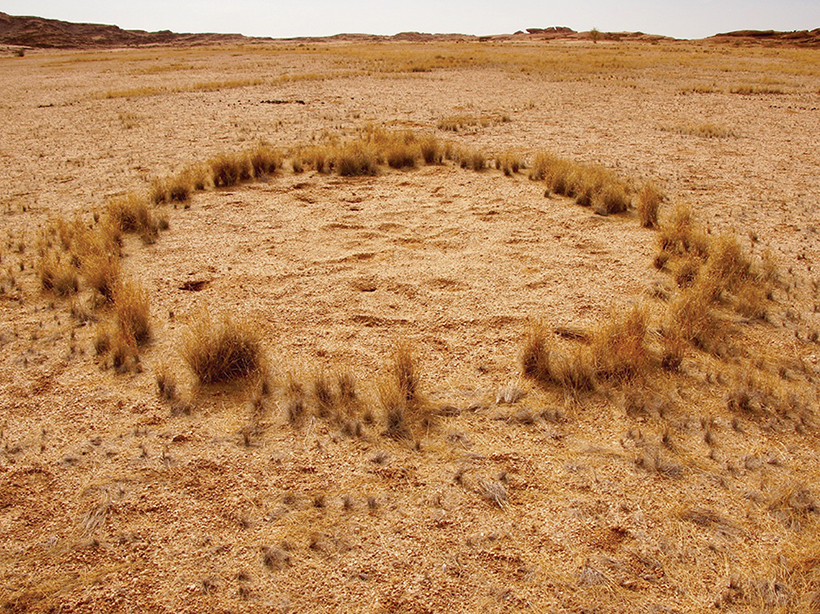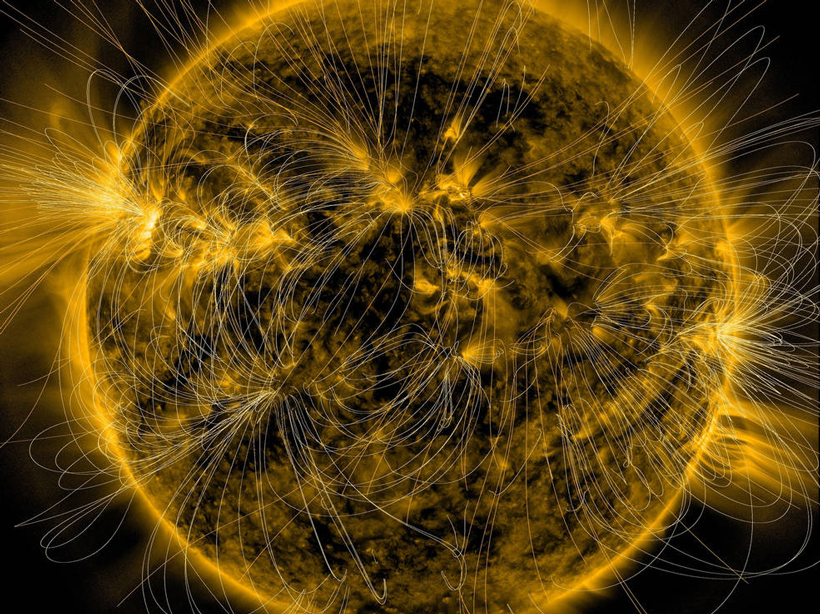Researchers revisit an old theory about the ethereal patterns of vegetation that form in some arid landscapes.
CC BY-NC-ND 2017
Balloons of Lava Bubble into the Ocean from Seafloor Blisters
These peculiar features of submarine volcanic eruptions could be the result of undersea lava lakes.
Benefiting from Good Reviews: Part 1
Martyn Clark describes how thoughtful reviews can substantially enhance the quality and impact of published papers.
Explaining Unexpected Twists in the Sun's Magnetic Field
New research shows how the Sun's magnetic field can shift when it approaches Earth, which can throw off space weather forecasts.
Looking Up: Taking Photos May Improve Climate Models
Snapshots of clouds taken from the ground reveal orders of magnitude more detail than satellites.
How the Deep, Cold Currents of the Labrador Sea Affect Climate
Seventeen years of ocean current data link global atmospheric and oceanic circulation.
Volcanic Ash Particles Hold Clues to Their History and Effects
Volcanic Ash as an Active Agent in the Earth System (VA3): Combining Models and Experiments; Hamburg, Germany, 12–13 September 2016
Incoming Editor Seeks Interdisciplinary, Collaborative Research
Martyn Clark, incoming editor in chief for Water Resources Research, foresees interdisciplinary and collaborative hydrology research, increased article impact, and an improved article review process.
Scientists, Legislators Take Off Their Gloves at Climate Hearing
Although scientists bickered about the science, all agreed that cutting federal funding for climate monitoring and associated research is not a good idea.
What Regions Are Most at Risk for Ice Loss in East Antarctica?
Scientists model the impact of environmental warming on ice drainage basins in the less studied East Antarctica.










